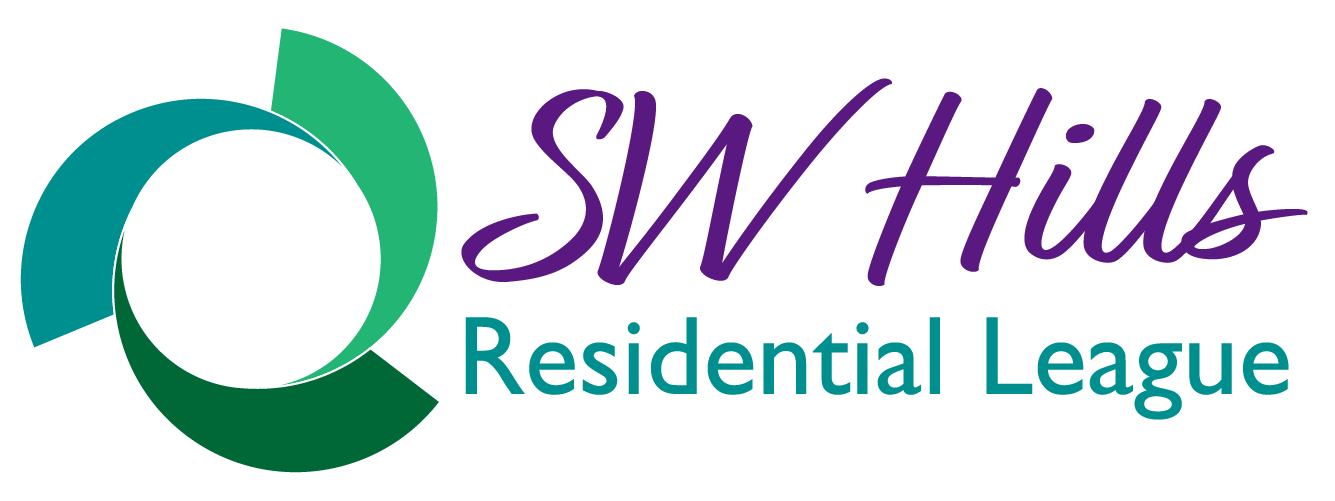SWHRL is eager to help neighbors organize for emergencies. Please reach out to our Neighborhood Emergency Team (NET) Lead Mike Lynch for more information about being an Affiliated Team Volunteer (ATV), Basic Earthquake Event Communications Network (BEECN) or NET volunteer.
Find your teams:
Neighborhood Emergency Team (NET) Portland
Certified Emergency Response Team (CERT) Beaverton
Resources for volunteers:
Portland: https://www.portland.gov/pbem/neighborhood-emergency-teams/crtresources
Beaverton: https://beavertonoregon.gov/645/Public-Education
Emergency preparedness hand-outs:
Multnomah County Office of Emergency Management: https://multco.us/em
Washington County of Emergency Management: https://www.washingtoncountyor.gov/emergency/preparedness
What’s PREP?
PREP provides practical information on getting ready for any potential emergency, from storms and power outages to floods and earthquakes. This information will help you and your neighbors to make it through on your own, since authorities may be overwhelmed and unable to respond promptly after a major disaster.
SWHRL hosted a well-attended Emergency Preparedness presentation by Alice Busch, EMT, CEM, Training and Exercise Coordinator for the Multnomah County Office of Emergency Management. Our main take-away was “Get to know your neighbors!” Each of us has special skills to help our neighbors. We are each other’s safety lifelines.
A useful tool we learned about is the Map Your Neighborhood (MYN) program, which guides you and your neighbors through simple steps to help enhance your preparedness for an emergency. The program focuses on a train-the-trainer model, where a neighborhood participant attends the training led by an emergency management official and is given information on how to facilitate an emergency planning meeting in his or her neighborhood.
Program Overview:
1. Learn the 9 steps to take immediately following a disaster to secure your home and protect your neighborhood.
2. Identify the skills and equipment each neighbor has that are useful in an effective disaster response.
3. Create a neighborhood map showing the locations of natural gas meters and propane tanks (about 67% of house fires following disasters are caused by leaking gas) and other areas of concern; and the locations of each neighbor who may need extra help in a disaster,such as the elderly, persons with disabilities, or children who are home alone during certain times of the day.
4. Pick locations for a Neighborhood Gathering Site and Neighborhood Care Center.
PREP offers step-by-step tips, with printable checklists and links to more information. PREP has four steps to readiness:
- Get Prepared: What to know, what to have on hand, what to do ahead of time
- Get Prepared with Your Neighbors: How to help your neighbors get ready
- Get Organized: Make a plan with your neighbors for helping each other after the disaster
- Get Confident: Keep current and learn new skills by practicing together
